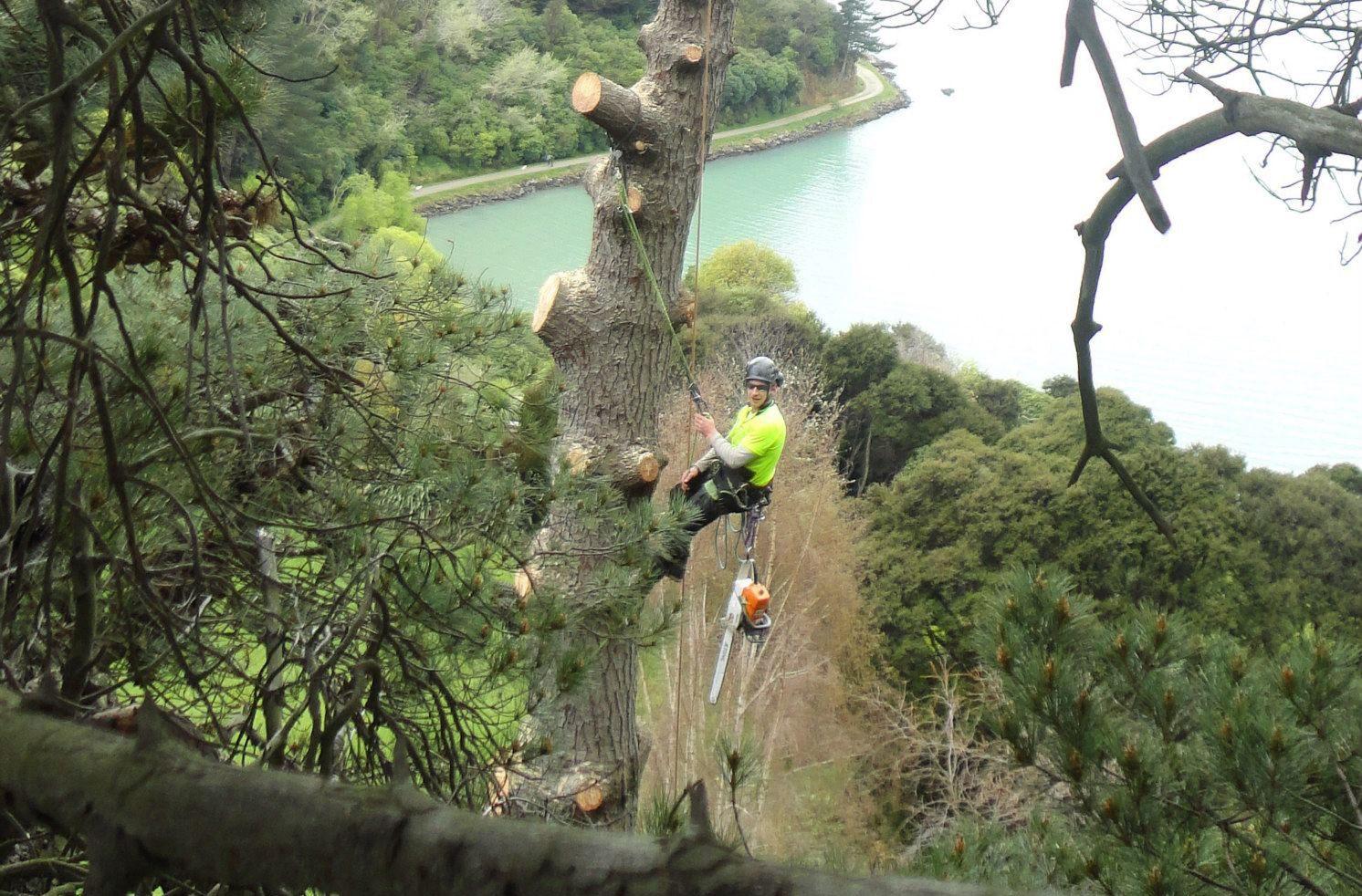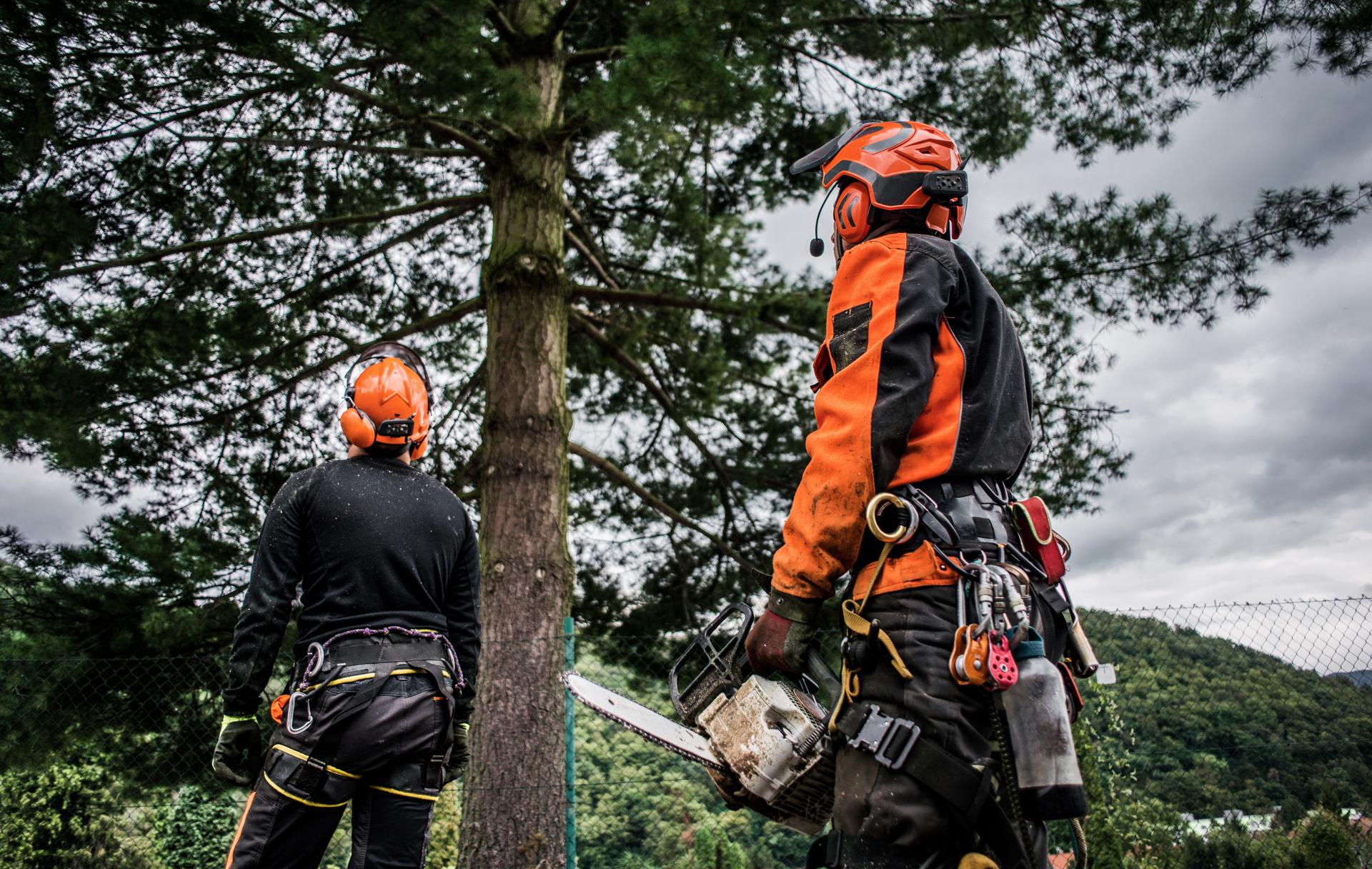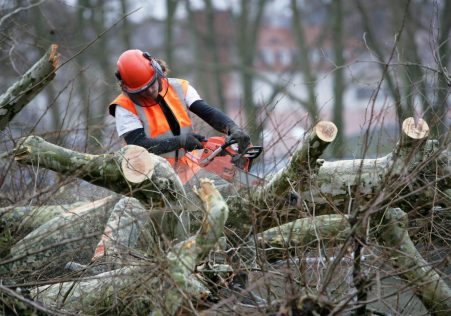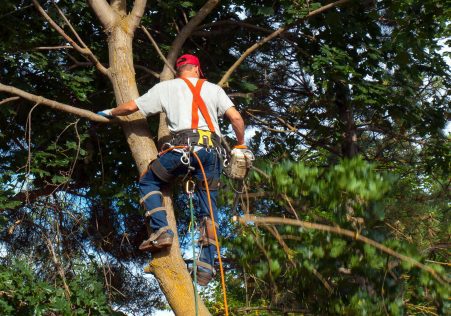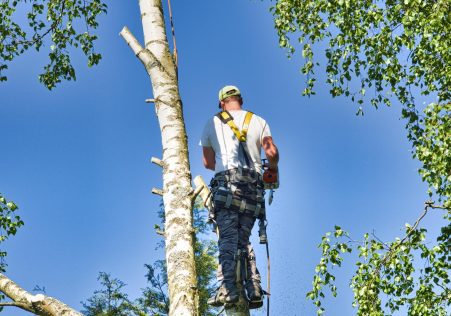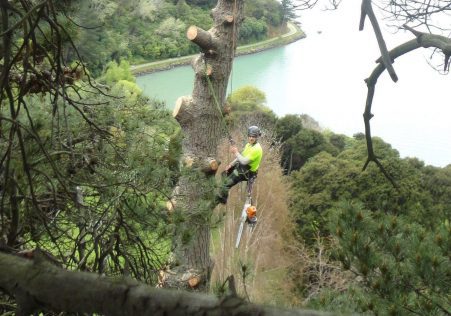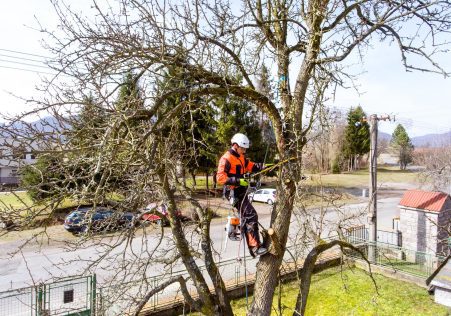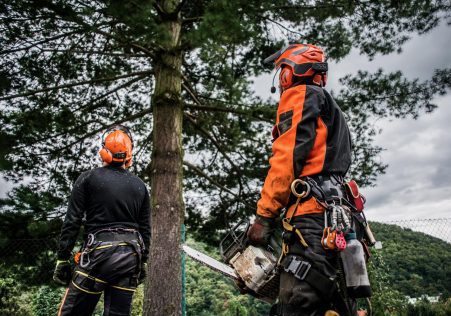This is the Ultimate Reference Guide Identifying Trees that are Protected Trees within Blacktown
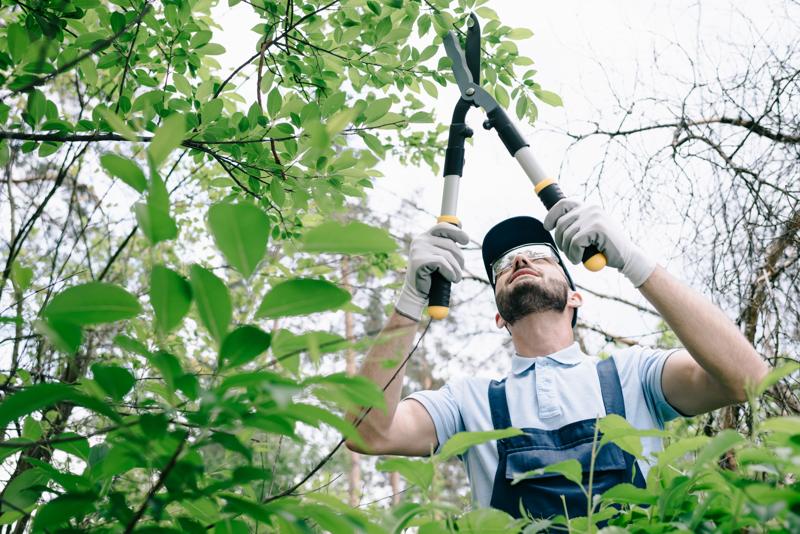
Trees play a crucial contribution to our ecosystem, providing shade, clean air and aesthetic value to our surroundings. However they are not all identical and some are granted extra protection status, which makes it illegal to carry out any work without permission. If you are considering having a tree removed it is crucial to be aware of the protection status of the tree in question, and the steps you need to take to ensure compliance with the laws. In this article, we will walk you through the process of determining whether trees are protected and what you have take to be sure you are following the law.
What exactly is a tree that is protected?
A protected tree is subject to specific laws and regulations and it is unlawful to do works on a tree without the required permissions. There are two types of protection that a tree may have - statutory protection and preservation orders.
Protection under the law
In the context of the law trees are protected by the law, and they are in the hands of Tree Preservation Orders (TPOs). TPOs are put in place by local authorities in order to protect trees of significant value to the public and to ensure that they do not get destroyed or damaged.
Preservation orders
Preservation orders are similar to TPOs , but are put in place by the Secretary of State for the Environment. Preservation orders for trees are considered to have an exceptional worth and are therefore protected from any work, including felling.
How can I tell whether a tree is safe?
To determine whether a tree is protected, you must to verify if it’s in the process of being subject to an TPO or preservation order. This can be accomplished by contacting the authorities in your area and asking them search their archives.
TPO search
To find a TPO to locate one, contact your local Tree and Woodland officer from your local authority, who will inform you whether the tree is protected. They will also be able to guide you on the next steps you should take if the tree is in a protected area.
Preservation order search
If you are looking for a preservation permit, you’ll need to call Secretary of State, Department of the Environment. They will be able to determine whether the tree is protected and will provide the necessary information and guidance.
FAQs:
What happens if I carry out work on a tree that is protected without permission?
If you work on a protected tree without the appropriate authorizations, you could be subject to significant fines, and possibly even jail time.
Can I appeal to a TPO Or preservation or TPO?
Yes, you are able to appeal a TPO or preservation order if it’s not justifiable. You will have to prove your claim and explain that you believe that the TPO or preservation order isn’t necessary.
Can I remove a protected tree?
It is against the law to remove protected trees without the necessary permissions. If you want removal of the tree then you must apply for permission and provide evidence to support your case.
Conclusion
To conclude, knowing if a tree is protected is an essential aspect in ensuring that any tree work carried out legally. Understanding the different kinds of protection and the best way to determine if they are protected, you can ensure that you’re following the law and are protecting the trees that you are responsible for. If you’re unsure of the status of protection for the tree you are in charge of, we suggest seeking professional advice from an expert in tree care like Blacktown Tree Pruning. Our arborists are experienced and will be able to inform you about the protection status of your trees and guide you through the necessary steps to ensure you are complying with the laws. With our knowledge and dedication to providing high-quality tree services we will help you keep the beauty and value that your trees have. Contact us today by calling 0480 024 203 to schedule a consultation and let us assist you to ensure that your trees are protected and healthy.

